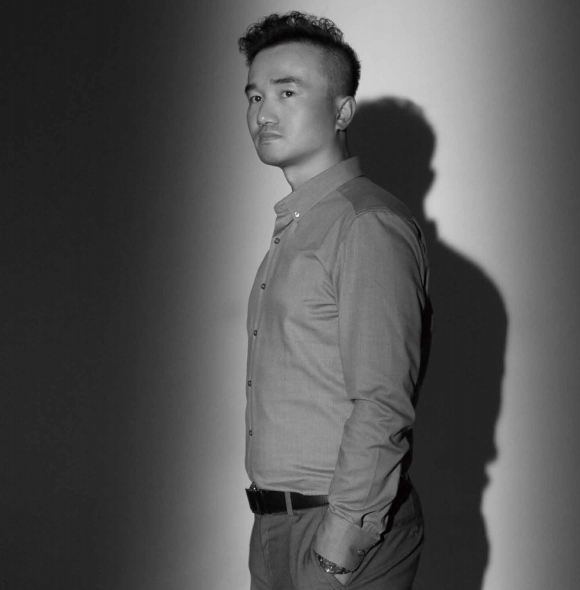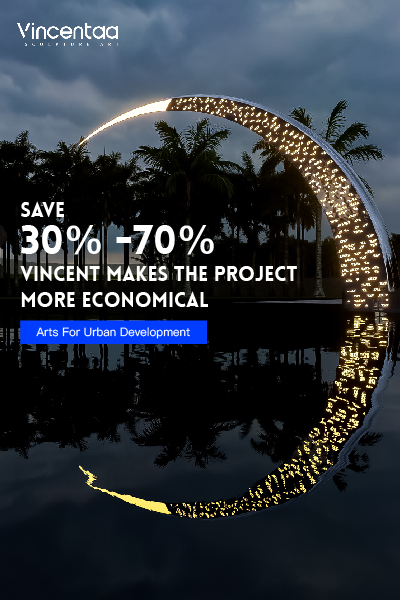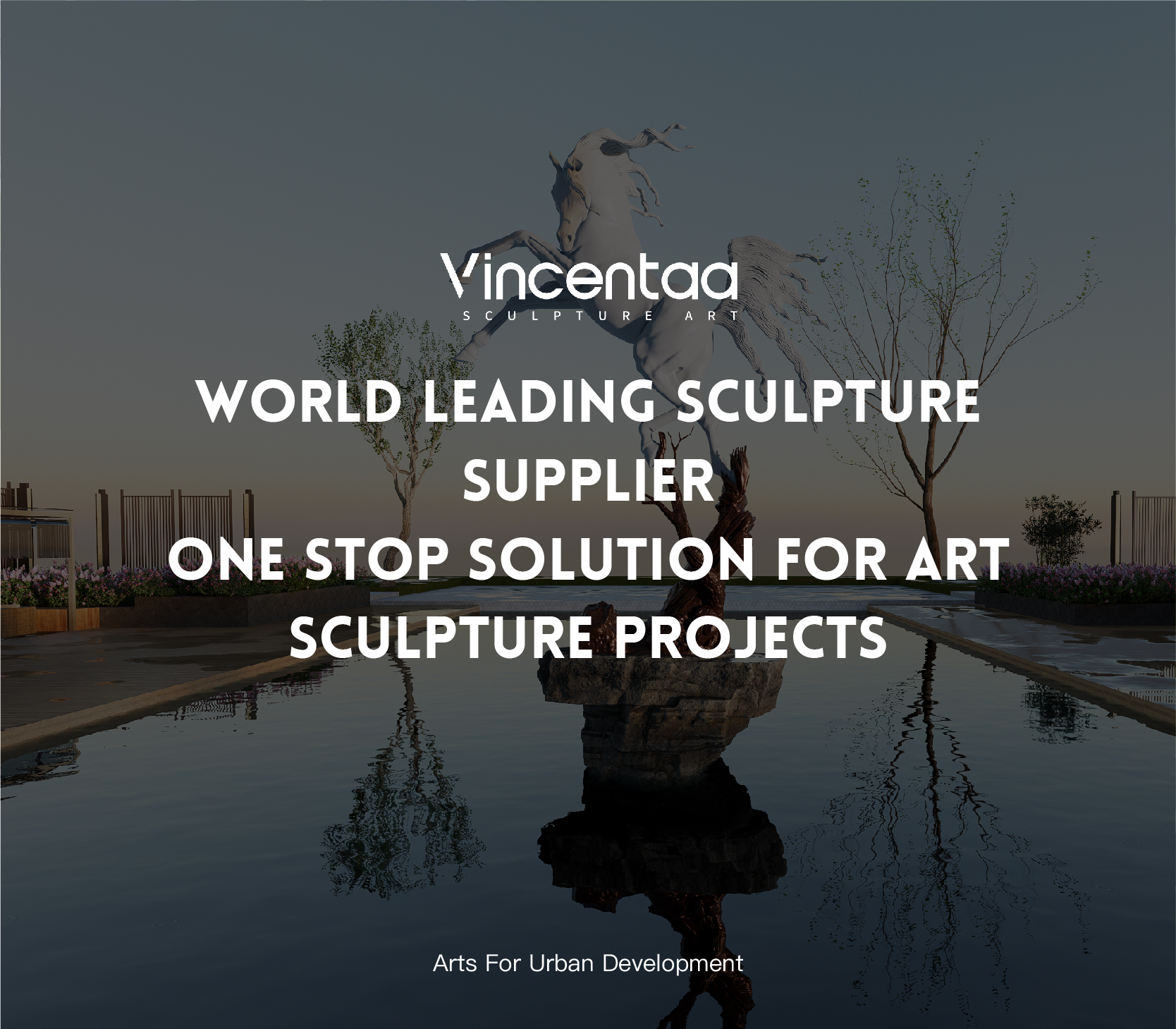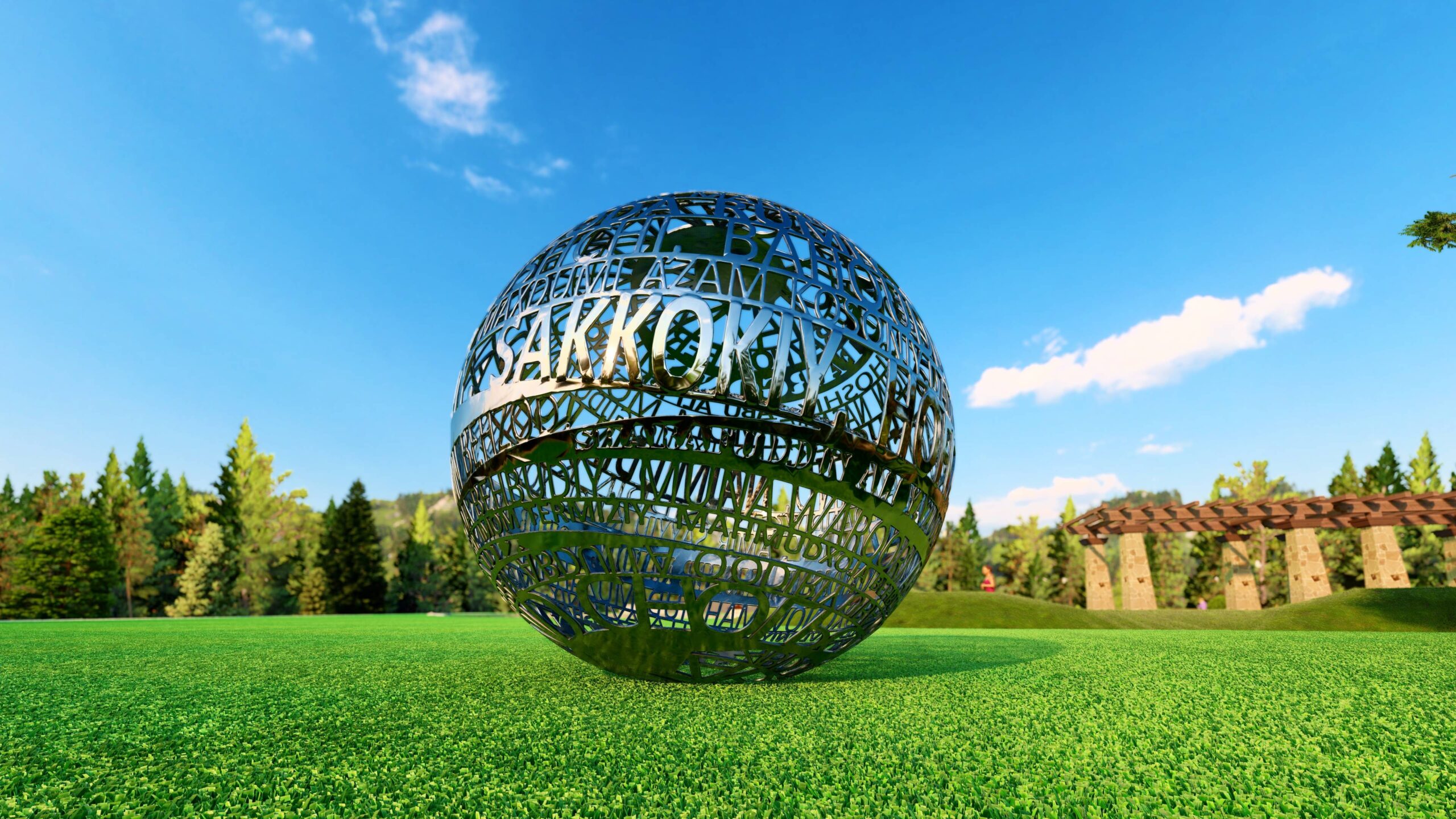At the intersection of art and technology, 3D design is gradually becoming an important tool for sculpture creation. It not only changes the artist’s workflow, but also brings unprecedented innovation and possibilities to sculpture art. So what role does 3D design play in sculpture projects? As a sculpture brand with more than ten years of experience, what design capabilities does Vincentaa have?
Concept verification and design iteration
3D design provides artists with a virtual canvas, allowing them to fully experiment with the shape, structure, proportion and details of the sculpture before actually making it. This digital concept verification process greatly speeds up the design iteration, allowing artists to quickly adjust and improve their ideas, saving a lot of time and resources.
Precision and detail control
With 3D design software, artists can achieve precise control over every detail of the sculpture. Whether it is a subtle surface transition or complex texture processing, 3D design can provide a precision that is difficult to match with traditional sculpture tools. This precision not only improves the quality of the work, but also gives artists greater creative freedom.
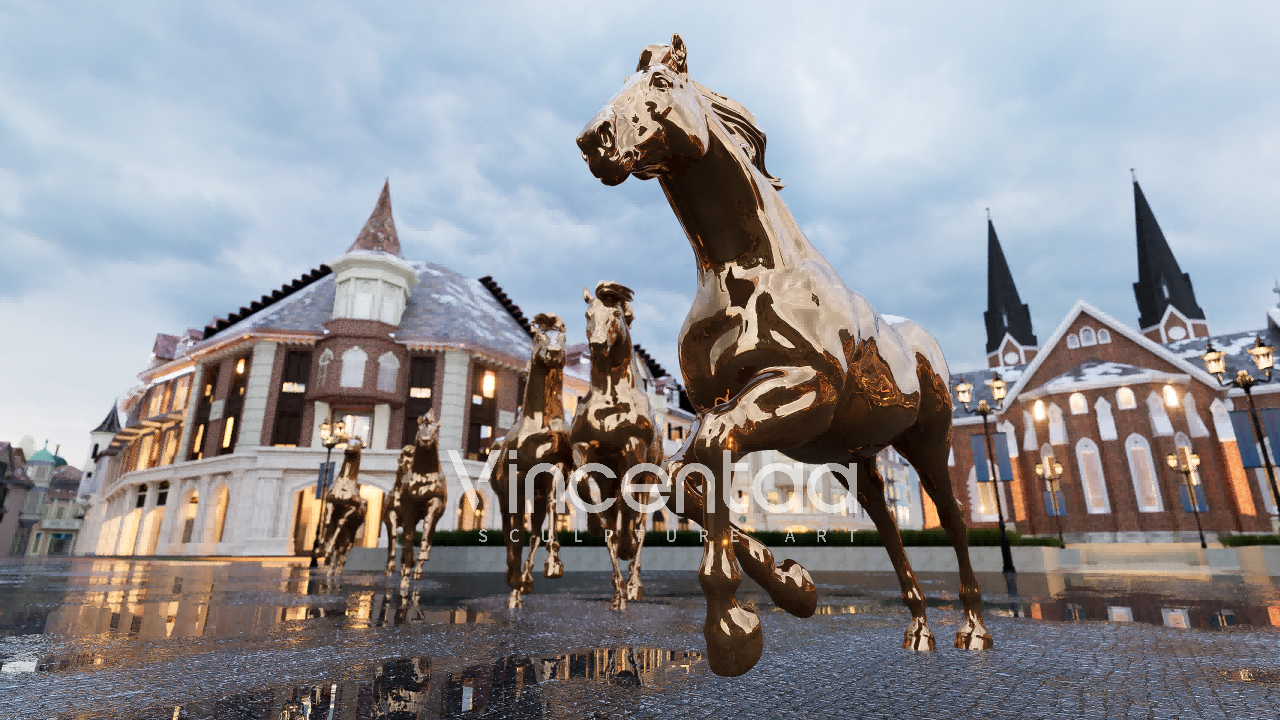
Visualization and communication
The visualization ability of 3D design is essential for sculpture projects. Through high-quality renderings and animations, designers can intuitively show the final effect of the sculpture to customers, investors and other stakeholders. This intuitive communication method helps to obtain the necessary support and approval in the early stages of the project, reducing the possibility of misunderstandings and rework.
Realization of complex designs
For complex sculpture designs, 3D design technology is particularly important. Parametric design and digital sculpture technology allow artists to create forms that are difficult to achieve with traditional methods, thereby broadening the range of expression of sculpture art. The application of these technologies makes sculpture works more diverse and innovative.
Guidance in the production process
3D design is not limited to the creation stage, it also plays an important role in the production process of sculpture. Through 3D models, detailed construction drawings and production guides can be generated to guide craftsmen and manufacturers to accurately make and assemble sculptures. This is especially important for large and complex sculpture projects.
Material optimization
In the context of sustainable development, the role of 3D design in material optimization cannot be ignored. Through precise material calculation and simulation, 3D design helps to reduce material waste and improve material utilization efficiency, thereby reducing costs and promoting environmental protection.
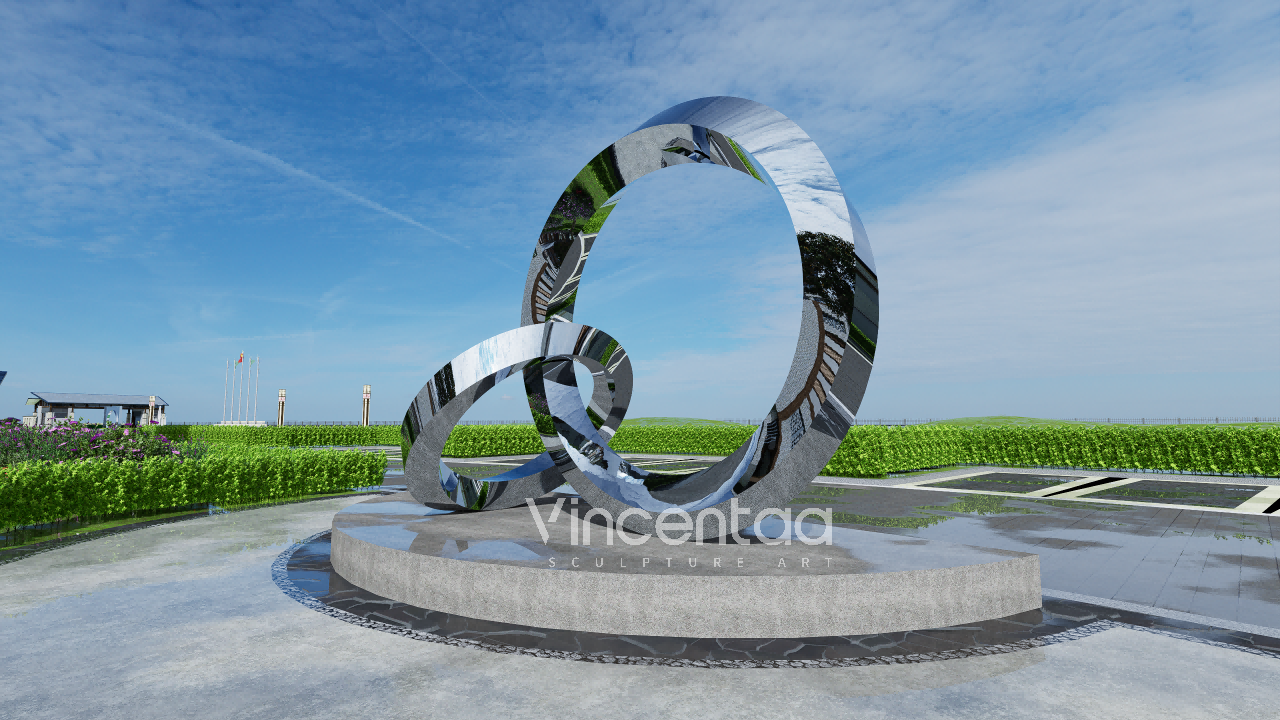
Interactive and experience design
For interactive sculptures, 3D design can simulate user experience and help designers better understand the interactive relationship between the audience and the work. This design approach makes sculptures not just static works of art, but also a space that the audience can participate in and experience.
Digital archiving and reproduction
3D design makes it easy to digitally archive and reproduce sculptures. This is not only conducive to the long-term preservation of works, but also provides artists with new business models, such as the issuance and sale of limited edition digital sculptures.
Interdisciplinary collaboration
Finally, 3D design promotes cooperation between professionals in different fields. Artists, engineers, architects, etc. can work together on the 3D platform, integrate their respective expertise and technology into sculpture creation, and create interdisciplinary works of art.
Vincentaa’s design capabilities
As a sculpture brand with more than ten years of experience, Vincentaa has demonstrated strong capabilities in the application of 3D design:
Concept verification and rapid iteration:
Vincentaa uses 3D design software for concept verification and rapid design iteration to ensure the best combination of creativity and functionality, and accelerate the design process.
Precise detail control:
Through advanced 3D design technology, Vincentaa is able to achieve precise control of every detail of the sculpture, ensuring the high quality and artistic expression of the final work.
Efficient communication and visualization:
Vincentaa uses high-quality 3D renderings and animations to clearly display design solutions, promote effective communication with customers and other stakeholders, and reduce misunderstandings and rework.
Realization of complex structures:
Vincentaa uses parametric design and digital sculpture technology to create complex and unique sculptures, broadening the possibilities of artistic expression.
Production process support:
Through 3D models, Vincentaa provides detailed construction drawings and production guidelines to ensure the accuracy and efficiency of the sculpture production process, especially for large and complex projects.
Material optimization and environmental protection:
Vincentaa improves material utilization efficiency, reduces waste, and supports sustainable development through precise material calculations and simulations.
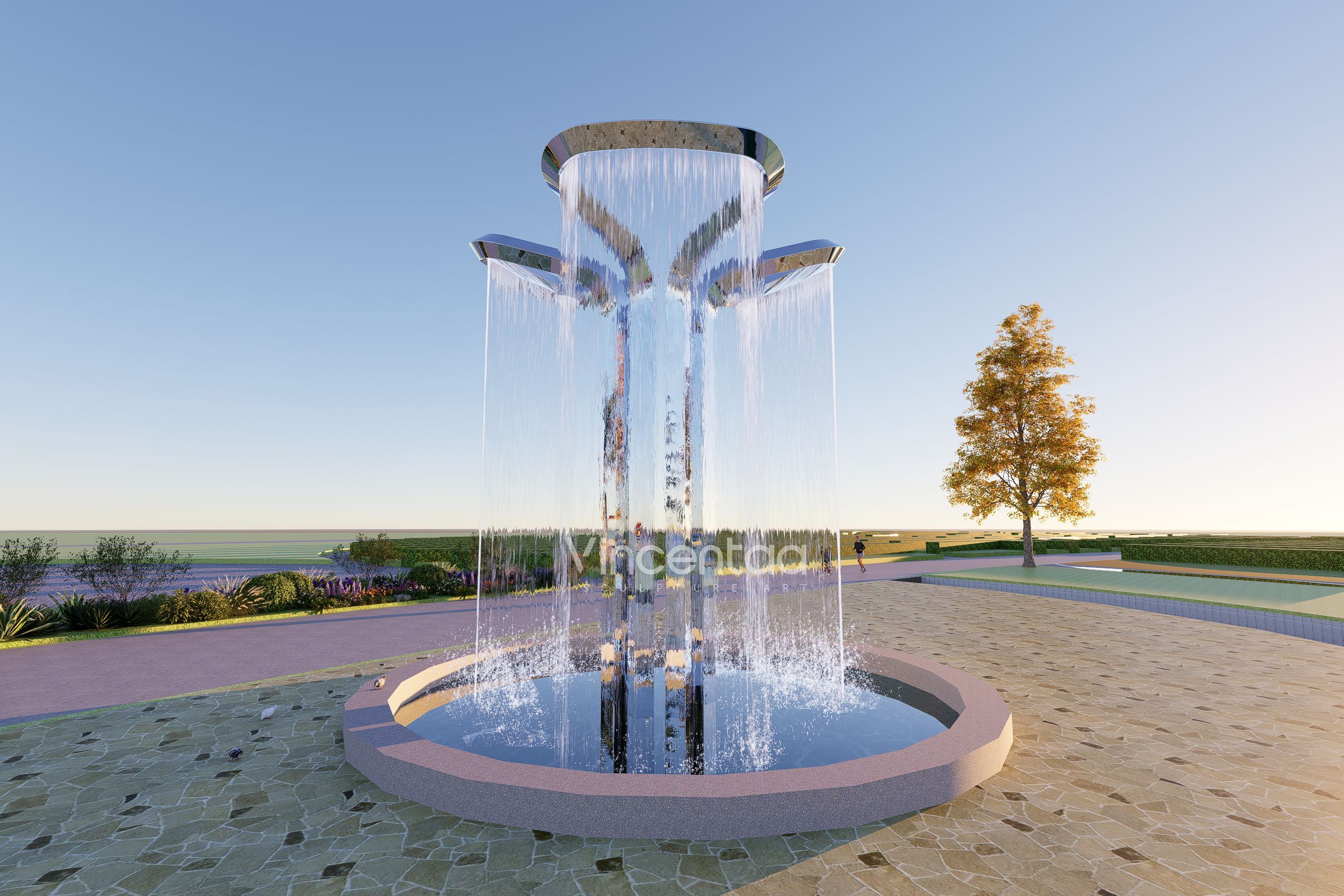
Through these capabilities, Vincentaa demonstrates its innovation and precision in sculpture creation, fully demonstrating the importance of 3D design in modern sculpture art.

